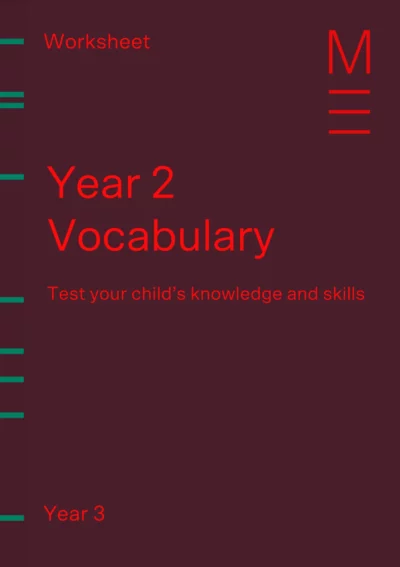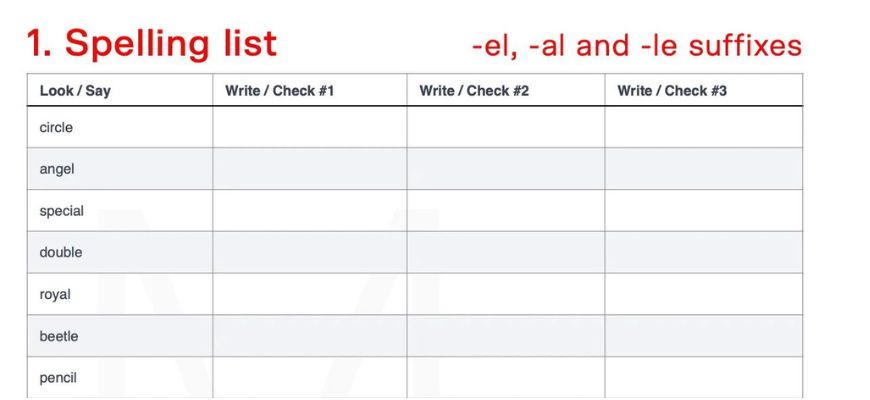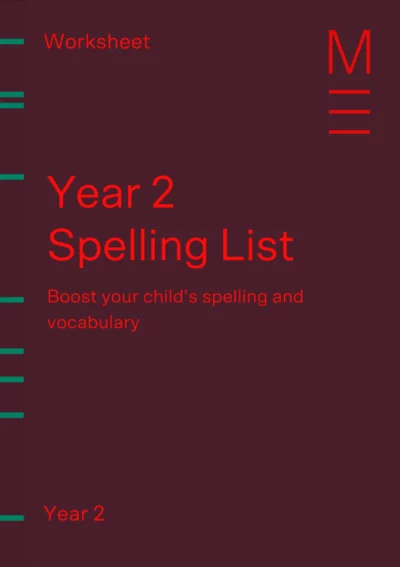Welcome to Matrix Education
To ensure we are showing you the most relevant content, please select your location below.
Select a year to see courses
Learn online or on-campus during the term or school holidays
Learn online or on-campus during the term or school holidays
Learn online or on-campus during the term or school holidays
Learn online or on-campus during the term or school holidays
Learn online or on-campus during the term or school holidays
Learn online or on-campus during the term or school holidays
Learn online or on-campus during the term or school holidays
Get HSC exam ready in just a week
Select a year to see available courses
Science guides to help you get ahead
Science guides to help you get ahead

Proper spelling is fundamental in shaping children’s literacy and communication abilities, as it lays the groundwork for reading, writing, and comprehension skills. In Year 2, the Australian Curriculum builds on the spelling skills students gained in Year 1, guiding them to consolidate their understanding while expanding their vocabulary. At this stage, students move beyond basic letter-sound recognition and are introduced to more complex spelling patterns, irregular words, and the use of prefixes and suffixes, helping them grasp the structure of the English language more intuitively.
Spelling word lists play a vital role in this learning process. These lists include high-frequency and phonics-based words, giving students a structured approach to practice and refine their spelling skills. Beyond improving spelling accuracy, these word lists enhance vocabulary, boost reading fluency, and deepen students’ overall understanding of language, helping them gain confidence in both written and verbal communication. With consistent practice, Year 2 students can build a strong foundation for future literacy success.
A vocabulary challenge to boost your English. Fill out your details below to get this resource emailed to you. "*" indicates required fields
Free YEAR 2 Vocabulary Worksheets Download

Free YEAR 2 Vocabulary Worksheets Download

For the complete Spelling List, download and print this free resource to help ensure your child’s spelling skills are at the right level.
In the meantime, let’s delve into how spelling word lists help develop students’ vocabulary and literacy!
Some of the types of words that Year 2 students should be using reflect a range of spelling complexities designed to deepen their understanding of language structure and pronunciation. These words often introduce more challenging patterns and rules, helping students move beyond simple phonetic spelling. Here are some key categories of words that are targeted for Year 2:
One of the most effective ways to improve a child’s spelling is by consistently exposing them to new words. Spelling word lists are a fantastic tool for practice, as they introduce students to a variety of words in a structured and repetitive manner, helping them commit these words to memory and understand their usage in context. Regular practice with these lists can significantly enhance a student’s spelling abilities, vocabulary, and confidence in their writing.
Spelling word lists play a crucial role in helping children master spelling by introducing new words in a manageable, structured way. A highly effective method for using these lists is the “Look, Say, Cover, Write, Check” technique, which not only aids in memorisation but also encourages active learning and engagement. Here’s a breakdown of how this method works:
This method is particularly effective because it integrates multiple senses and cognitive processes: visual recognition, auditory processing, and memory recall. It’s a comprehensive approach that encourages deeper engagement with the word, rather than simple rote memorisation.
Spelling word lists do much more than just help students memorise words. They also teach students to recognise patterns across different words and become familiar with similar spellings. This is important because it allows students to apply their knowledge to new words they encounter, making them more confident spellers overall.
Word lists are also an excellent way to introduce new vocabulary gradually so that students don’t feel overwhelmed by too many unfamiliar words at once. Breaking the list into smaller, more manageable sections gives students the opportunity to practice each set thoroughly before moving on to the next. This approach not only boosts their confidence but also builds a strong foundation for tackling more complex words in the future.
Bonus tips:
By incorporating spelling word lists and the “Look, Say, Cover, Write, Check” method into regular practice, your child can steadily improve their spelling skills while gaining the confidence needed to succeed in literacy.
Break down our Free Word List into smaller sections to work on together each week, and watch your child’s spelling improve with every session!
Help your child improve spelling and expand their vocabulary with this essential Year 2 word list Fill out your details below to get this resource emailed to you. "*" indicates required fields
Build strong English foundations

Build strong English foundations
© Matrix Education and www.matrix.edu.au, 2023. Unauthorised use and/or duplication of this material without express and written permission from this site’s author and/or owner is strictly prohibited. Excerpts and links may be used, provided that full and clear credit is given to Matrix Education and www.matrix.edu.au with appropriate and specific direction to the original content.